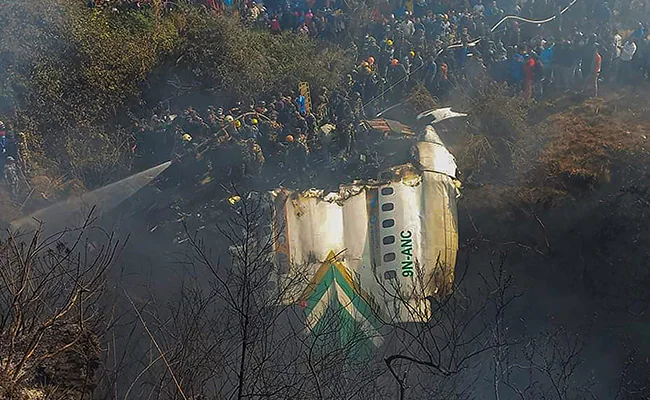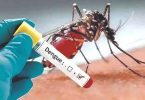The Yeti Airlines Flight 691 plane crash in Nepal that occurred in January claimed the lives of 72 individuals, including Americans and lawful U.S. permanent residents.
Government-appointed investigators revealed that the crash was likely caused by the pilots mistakenly cutting the power, leading to an aerodynamic stall and the subsequent tragic descent of the Yeti Airlines flight 691 from Kathmandu to Pokhara into a gorge in the Himalayan foothills.
The crash on January 15 marked Nepal’s deadliest airline disaster in three decades.
The twin-engine ATR 72 carried a total of 72 individuals, consisting of two infants, four crew members, and 15 foreign nationals.
Unfortunately, there were no survivors from the tragic incident.
The Yeti Airlines Flight 691 report states:
“The most probable cause of the accident is determined to be the inadvertent movement of both condition levers to the feathered position in flight, which resulted in feathering of both propellers and subsequent loss of thrust, leading to an aerodynamic stall and collision with terrain.”
The investigating panel member, Dipak Prasad Bastola, highlighted that the pilots mistakenly placed the condition levers in the feathering position instead of engaging the flap lever due to a lack of awareness and standardized procedures. This caused the engine to run idle, resulting in a lack of thrust.
Despite this, the aircraft continued flying for about 49 seconds before crashing due to its existing momentum.
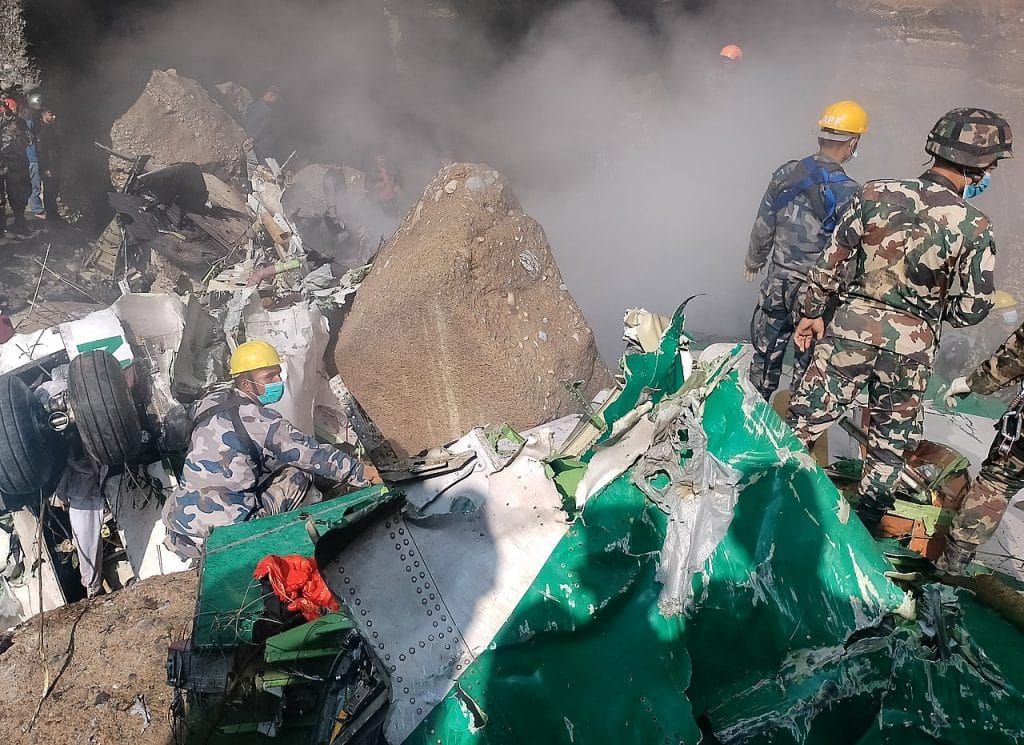
The aircraft involved in the incident was manufactured by ATR based in France, and its engines were made by Pratt & Whitney Canada.
The investigative report identified various factors contributing to the crash, including inadequate technical training, high workload and stress related to operating at a new airport, and non-adherence to standard operating procedures. Additionally, the crew missed indications on the flight deck and engine suggesting that both propellers were feathered.
Despite these findings, the report confirmed the aircraft’s proper maintenance, absence of known defects, and qualification of the cockpit crew in accordance with Nepal’s Civil Aviation Authority regulations.
Passengers on board were seen chatting as the plane began its descent, as captured in footage from inside the aircraft.
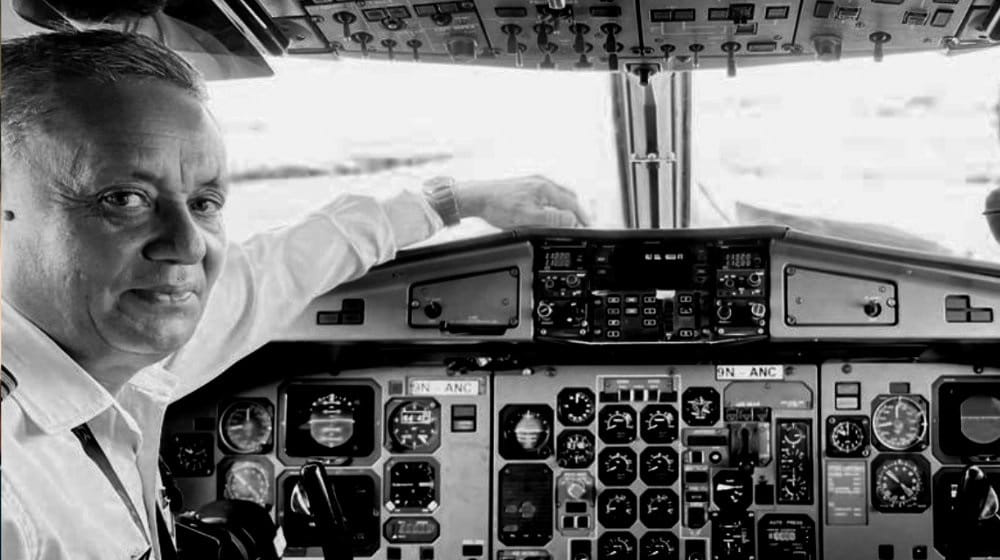
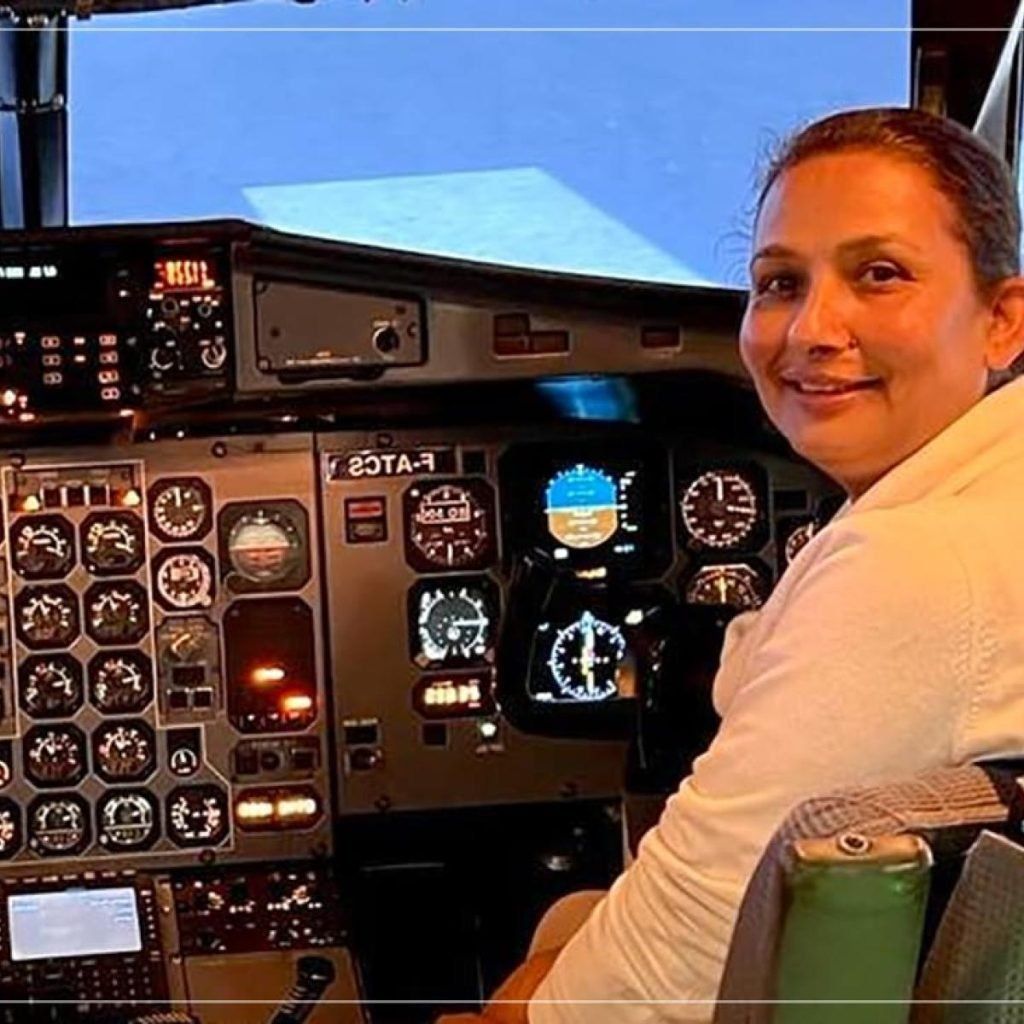
Eyewitness videos of the crash revealed the plane’s wing sharply dropping before impacting the ground. The flight was co-piloted by Anju Khatiwada, who had undergone extensive pilot training in the United States following her husband’s tragic death in a 2006 plane crash while flying for the same airline.
Senior Captain Kamal KC was in command of the aircraft.
Records from the Flight Safety Foundation’s Aviation Safety database indicate 42 fatal plane crashes in Nepal since 1946.
The January crash marked the country’s most devastating aircraft disaster since 1992 when a Pakistan International Airlines Airbus A300 crashed near Kathmandu, claiming the lives of all 167 individuals on board.
The passenger list for the January crash included 53 Nepali citizens, along with individuals from India, Russia, South Korea, Australia, Argentina, Ireland, and France.
Notably, the European Union has banned Nepali airlines from its airspace since 2013 due to safety concerns, as reported earlier.
(eTN): Yeti Airlines Flight 691: Nepal Plane Crash Report Reveals Pilot Fault | re-post license | post content

